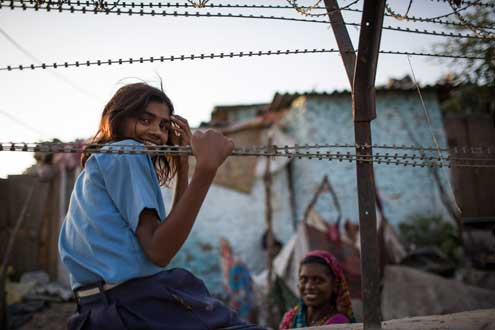Betting on Women in the Fight against Poverty
In our present situation, it is crucial that most women are part of the poverty population. Approximately 60-70 percent of women are living in the maximum poverty level. Despite of this great number of less fortunate women, they also have a great advantage in resolving the problem of poverty.
The World Bank described the extreme poverty “as the average daily consumption of $1.25 or less, which means living on the edge of subsistence.” Even though there were a small number of people living in poverty within 700 million population in year 2010 unlike the past twenty years, enormous actions should be done to in order to resolve the issue of poverty for existing 1.5 billion who are now living in poverty. The South Asia is currently in this situation where 43 percent of the growing world’s poor people are experiencing poverty. The World Bank has a target to completely remove the poverty by year 2030 and to make this possible, a more comprehensive and wide-ranging strategy in economic development is needed. In this strategy, women must play a vital role.
Women are helpless to extreme poverty in contrast to men for different reasons, including restrained conditions and chance for employment and business growth, gender inequality for women in terms of education and health that are now dominant in modern days. Even though the great number of poverty is supposed to drop down to 15 percent in year 2015, the poverty is still growing in the countryside where most women are affected. In some developing countries in Asia, women are most affected because they are left behind and carry the load to work in agriculture and household. On the other hand, men are successfully employed in the city where bigger opportunities await them. To combat the extreme poverty means acknowledging the gender aspect.
It known that the entry to education is critical to the empowerment of women. Based on the information from UNDP, 123 million youngsters which ages ranging from age 15-24 have below average skills in reading and writing and 61 percent among them are women. According to the 2013 report of World Bank which entitled “State of the Poor,” they emphasize the breach in gender when it comes to education to those people who are living in poverty level. Women ages 15 to 30 who are part of the extreme poverty level spends less than one year in school compared to men with the same ages that also belongs to extreme poverty. In this case, the national government should get involved in decreasing or removing this breach. Women who are living in some South Asian countries where they are deprived to pursue their education and taken for granted for employment, the absence of education is giving so many prices to countries when it comes to absence of economic development.
K. Wong
Betting on Women in the Fight against Poverty





